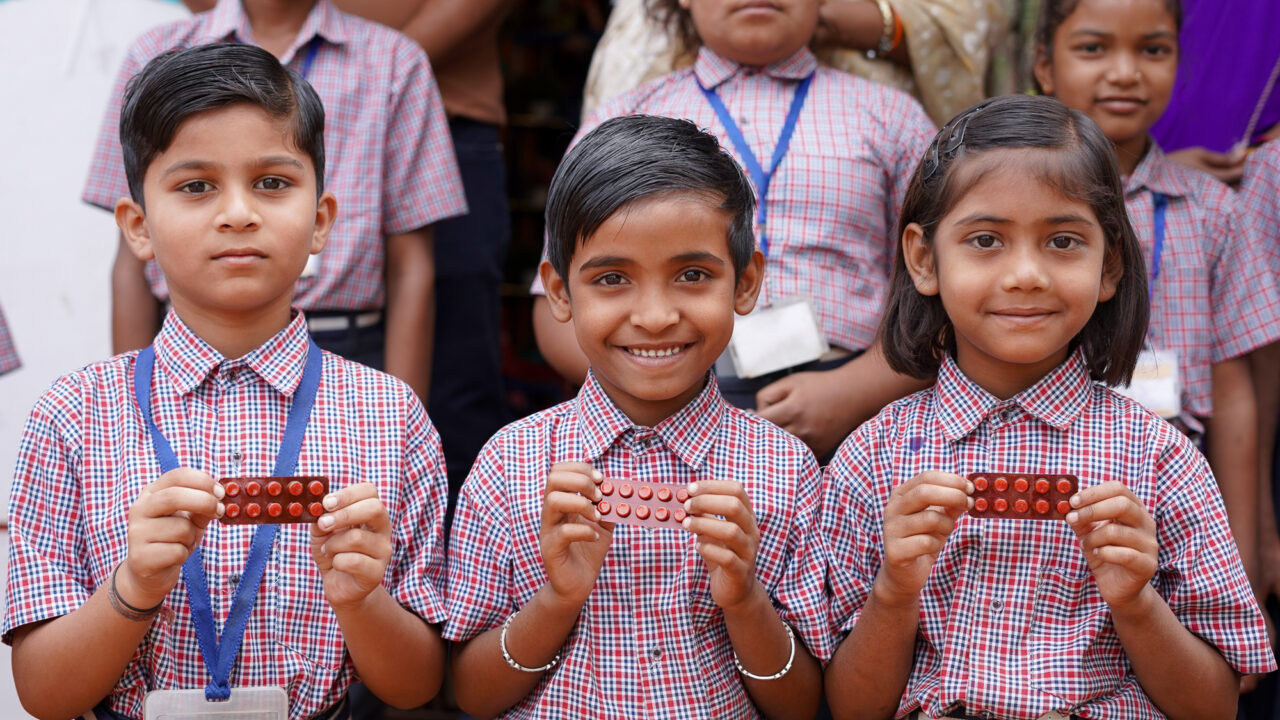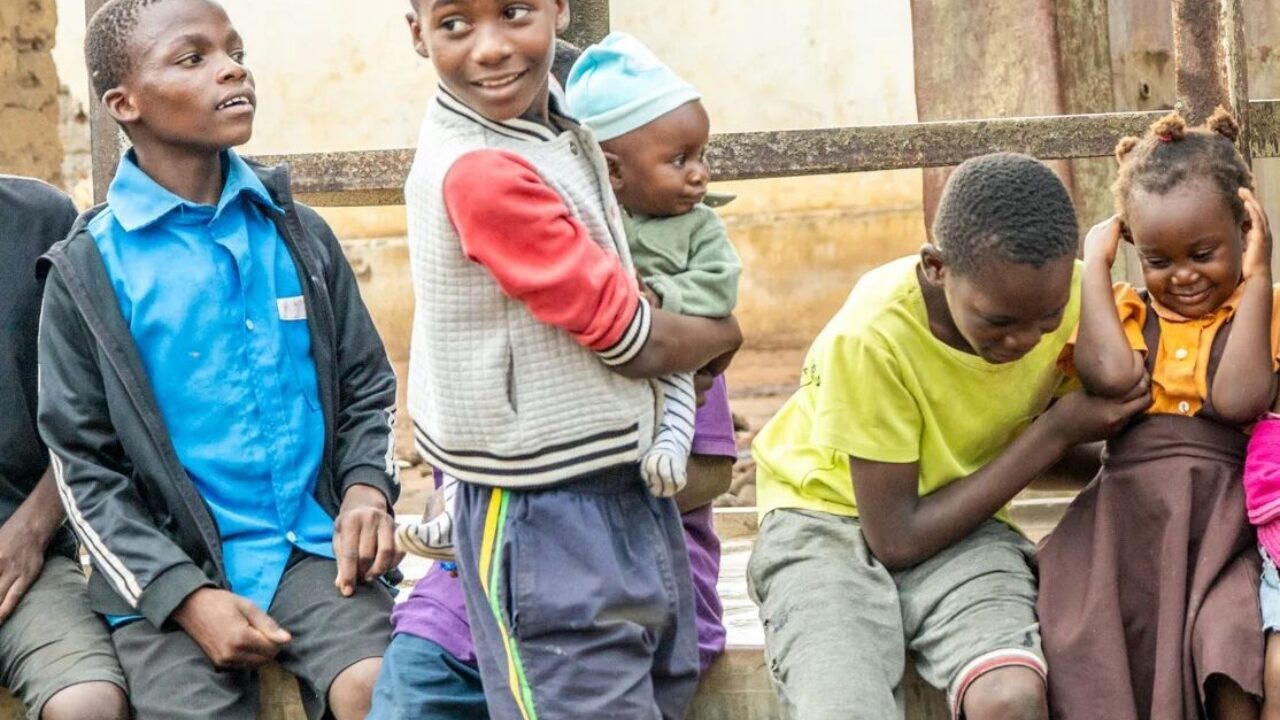To end the unnecessary suffering, stigma, and economic burdens of neglected tropical diseases (NTDs), the WHO has set a goal to prevent, control, eliminate, or eradicate 20 diseases and disease groups by 2030.
The internationally agreed 2030 roadmap to achieving the targets indicates that improvements in monitoring and evaluation (M&E) are needed to effectively track decision-making and progress, noting “Despite advances, monitoring and evaluation for all NTDs are weak in many countries.” Specifically, WHO 2030 roadmap and accompanying WHO NTD M&E framework have called out the following M&E components that need to be prioritized: data management platforms, data and analytics tools, supportive supervision, impact assessments, surveillance, and reporting.
Since 2014, Deworm the World has been providing technical assistance to governments in several countries in Asia and Africa to implement mass deworming programs for two such NTDs - soil-transmitted helminths (STH) and schistosomiasis - and has helped to deliver over 1.8 billion treatments to date. We have leveraged both innovative monitoring approaches such as data management platforms to routinely assess program processes and performance to help troubleshoot challenges during and after implementation and evaluation approaches such as model-based geostatistical methods to measure the impact of the program on disease prevalence and intensity.
Mobile app addresses deworming data gaps
Evidence Action provides technical assistance to 11 state governments in India to support the treatment of over 220 million children annually for STH, as part of India’s National Deworming Day. Through this support, we piloted an innovative Android-based survey app that allows for computer-assisted personal interviewing. This streamlines data collection and monitoring of deworming-related activities leading up to and during National Deworming Day activities.
Prior to using the innovative integrated app, monitoring data during deworming rounds (e.g. training attendance, teacher knowledge, compliance with drug administration and protocols, coverage estimates), was being collected using various apps which made the data collection process across apps quite tedious. The new app allows data across all states to be entered
into one single platform and has helped reduce errors and enhance data quality. Near real-time data analysis for key process indicators also enables our team and government partners to understand and rapidly address program delivery gaps. Moreover, the survey app restricts data access to authorized personnel only, which has resolved data loss and quality issues.
Survey innovation sharpens impact measurement
Evidence Action provides technical assistance to the Government of Kenya’s National School-Based Deworming Programme to support the treatment of over 6 million children annually for both STH and schistosomiasis. In 2021, we supported the use of a novel model-based geostatistical survey design to conduct an impact assessment in Kenya after nine years of deworming treatment to measure changes in the prevalence and intensity of STH and schistosomiasis. Model-based geostatistics is able to achieve increased precision by utilizing extra sources of information than would normally be used under traditional surveying methods. These include prior prevalence results, coverage data, geospatial correlation between survey sites, and environmental information.
The survey results showed that the prevalence of soil-transmitted helminths has reduced by 82% from an initial prevalence of 32.3% in 2012 to 5.8%. In 2021, 19 out of 27 counties achieved the WHO target for elimination of STH as a public health problem (<2% prevalence of moderate and heavy intensity infections). Similarly, prevalence of schistosomiasis has reduced by 72% from 18% in 2012 to 5% in 2022 with 18 out of 27 counties achieving the goal of elimination of schistosomiasis as a public health problem (<1% prevalence of heavy intensity infections). The new survey methodology also provided the program with representative data at the lower administrative levels (i.e., sub-counties and wards) in Kenya, enabling the program to adopt county, sub-county, and ward-level treatment approaches where feasible.
The model-based geostatistical approach, therefore, has fed into programmatic decision-making, whereby resources are directed to areas of remaining disease prevalence.
“Using a novel model-based geostatistical survey design, we now better understand Kenya's National School-Based Deworming Programme's impact at a more granular level, allowing us to adjust treatment strategy and focus on remaining pockets of soil-transmitted helminths and schistosomiasis endemicity and use resources more effectively.”
Leveraging technology and advanced methodologies can strengthen NTD programs and accelerate progress toward the 2030 goals. As the examples from India and Kenya demonstrate, real-time monitoring enables rapid course correction while rigorous impact evaluations quantify program effectiveness and guide strategic decision-making towards the endgame. By investing in cutting-edge platforms, tools, and surveys aligned to clear benchmarks, funders and implementing partners can unlock smarter resources to help ensure that preventable suffering from NTDs becomes history.



